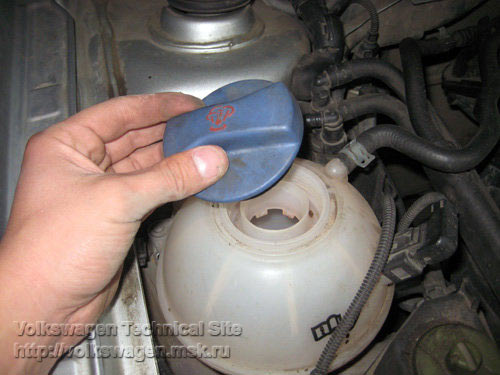Zamena Termostata Goljf 3 1 6 Abu

Location of the Mastaba in Egypt The Mastabat al-Fir’aun (: مصطبة الفرعون, also referred to in literature as the Mastaba el-Faraun, Mastabat el-Faraun or Mastabat Faraun, and meaning 'Bench of the Pharaoh') is the grave monument of the king, the last king of the documented to date. It is located in South halfway between the of at Saqqara and the pyramids of, the founder of the fourth dynasty, at. The structure is located close to the, a ruler of the.
Vozim golf 1, 1.8 8v i imam problem sa vodom/rashladnom tecnoscu, auto mi gubi vodu na posudi, i to ne na cepu, vec kod termodavaca na sredini posude, pored cepa. Naravno, tek kada se auto zagreje. Zamenih termostat za svaki slucaj posto sam imao nekih problema sa istim, ali vrlo verovatno nije on prouzrokovao curenje.
The for the structure is located west of the of. Contents • • • • • • • • Discovery [ ] The Mastabat al-Fir’aun was described for the first time by in the middle of the 19th century. Also sought out the tomb, but he did not carry out any close investigation.
The first investigation of the subterranean parts of the structure was carried out by in 1858. A proper excavation of the whole tomb complex was first undertaken by in 1924/5.
He was also the first to be assign the structure to Shepseskaf, as a result of the discovery of a fragment of a. Iit mathematics by ml khanna pdf. Before this, the tomb had errneously been assigned to, the last ruler of the. Description [ ] Mastaba [ ] The is 99.6 metres long and 74.4 metres wide. It is about 18 metres high and the sides have an incline of about 70°. For the core structure, the same red was used as in the nearby Red Pyramid of Sneferu. Only very sparse traces of the outer cladding remain today, but from these it can be concluded that the lowest layer was clad in and all other layers were clad in.
It is readily apparent that the structure consists of two levels. In this respect, the Mastabat al-Fir’aun was modelled on the stepped mastabas of the kings in north Saqqara. Isometric depiction, groundplan and section of the subterranean chambers The entrance to the subterranean system of chambers is located on the shorter, northern side.
A passage with a slope of 23°30′ leads down into the ground. It was originally 20.75 metres long, but due to a collapse it is now only 16.3 metres long. After this descent, the passage continues on the horizontal. This portion forms a small chamber with a length of 2.67 metres and a height of 2 metres. After this chamber, three stones are still anchored in the ceiling. At this point the passage is 1.1 metres wide and its height decreases to 1.27 metres.
The walls and ceiling are clad in granite. After the portcullis stones, the height of the passage increases again, but the floor is very uneven, since it was no longer plastered. After a further reduction of height to 1.2 metres and a total length of 19.46 metres, the horizontal passage finally reaches the ante-chamber. The ante-chamber has an east-west length of 8.31 metres, a width of 3.05 metres and a height of 5.55 metres. It has a pointed roof made of granite. A 1.2 metre high, 1.11 metre wide and 1.54 metre long passage with a slope of 10°30′ extends from its western end, leading to the burial chamber.